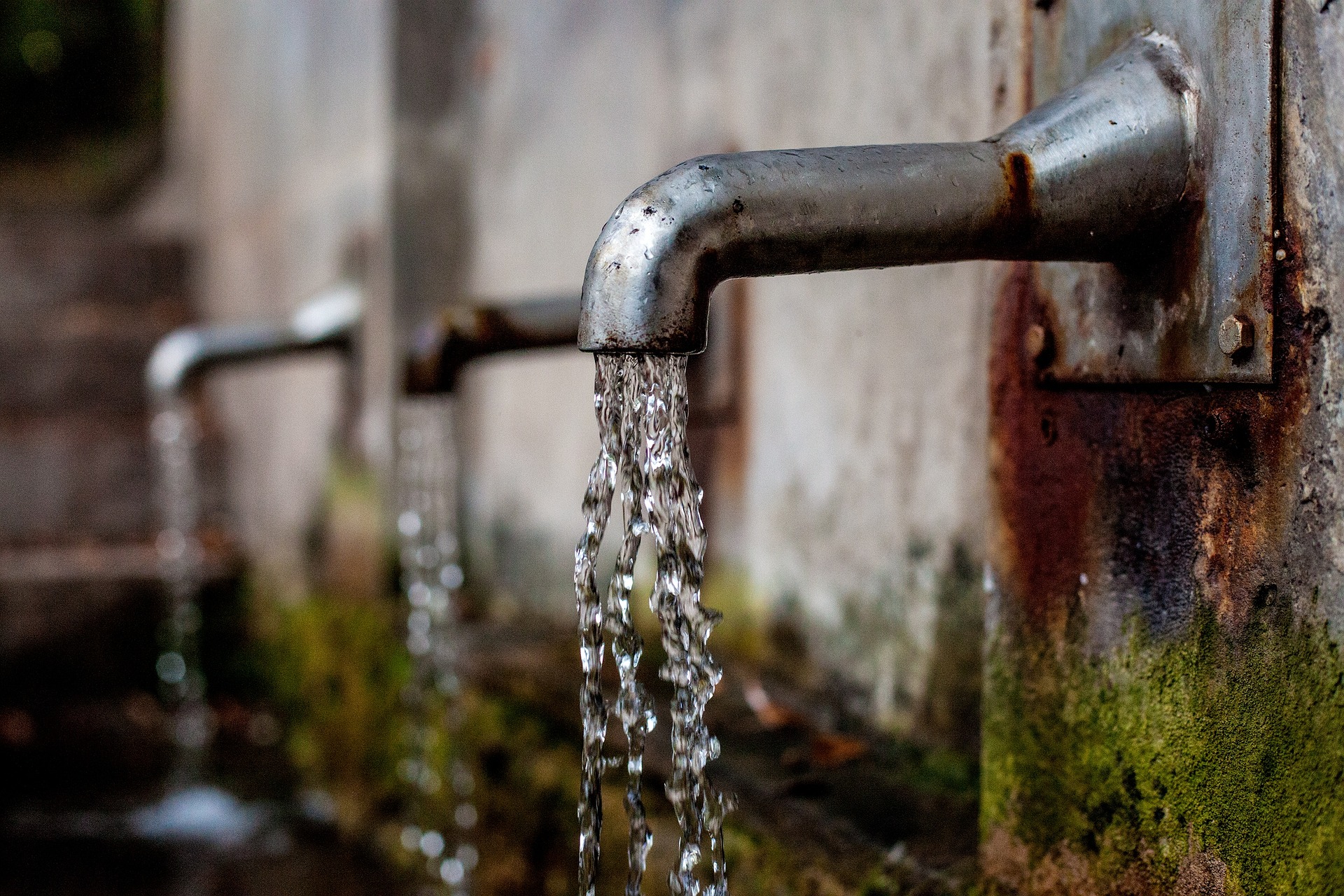Municipalities across South Africa require more effective ways to manage their infrastructure, maintenance, compliance and billing. Previously, this would have been a big ask. But modern data systems offer new ways for towns and cities to do more with less, improve service delivery and water security, and improve their revenue.
Local municipalities are going through many tough challenges. They are experiencing significant income slumps as crucial revenue streams, such as electricity sales, come under pressure. At the same time, the worsening state of water infrastructure has made service delivery much more challenging, and urbanisation and climate change keep adding more pressure.
Yet metros of all sizes are struggling to keep up with the costs of managing water infrastructure. According to GreenCape’s 2022 Water Market Intelligence Report, billed water revenue in South African metros totalled R12.8 billion against an expenditure of R13.9 billion. That is a worrying gap. Water security is also a considerable concern, and the same report predicts a 10 percent supply shortfall by 2030.
Water authorities need ways to close those gaps and enhance delivery with their current resources. They need insights that they can use for planning. They want to reduce their risks for unplanned downtime, use their workforces and resources more efficiently, and gain more control over their operations.
Data is the answer. The right data can help address several common challenges, including:
- Preventative maintenance
- Leak detection
- Accurate Billing, and
- Reliable forecasting.
Many municipal managers work with challenging legacy systems. They don’t have the financial means to make replacements or must still see a good return on investment from new improvements.
Fortunately, modern data-capturing equipment connects comfortably with established water infrastructure, and data analytics platforms can use information from new or existing sensors. Analytics service providers apply industry frameworks designed for that onsite equipment, and municipal stakeholders gain more insight without replacing vital and expensive components. The best water data solutions use machine learning to provide near real-time analysis and flag unnoticed or obscure issues.
What about a command centre with powerful computers and expensive displays? Not necessary: leading analytics platforms provide customised dashboards for smartphones, laptops and tablets, including automated alerts and quick report generation. Stakeholders can stay on top of water intelligence no matter where they are.
When towns and cities use modern analytics solutions from leading water technology providers, they gain asset visibility, informed decisions, operations optimisation, and security to keep the data safe.
It can be a challenge to implement such systems and start exploiting the results. This is where the analytics providers step in, bringing their experience, best practices and technical skills to ensure a proper fit for the site and budget. Once that data flows, managers can reduce wastage, preempt breakdowns, forecast consumption, and start addressing other revenue opportunities such as lost water sales or leaks.
On the one hand, the state of local water infrastructure and progress towards water security still needs much work. But modern solutions help tip the balance of revenue, maintenance and water security in favour of metros. We can turn data into insight and action to improve municipal operations and the nation’s prospects for a water-secure future.
If you’re still compiling spreadsheets or sifting through printed reports, there is a better way. Use your water data, optimise management, and reap the rewards of digitisation.
Source: Xylem









